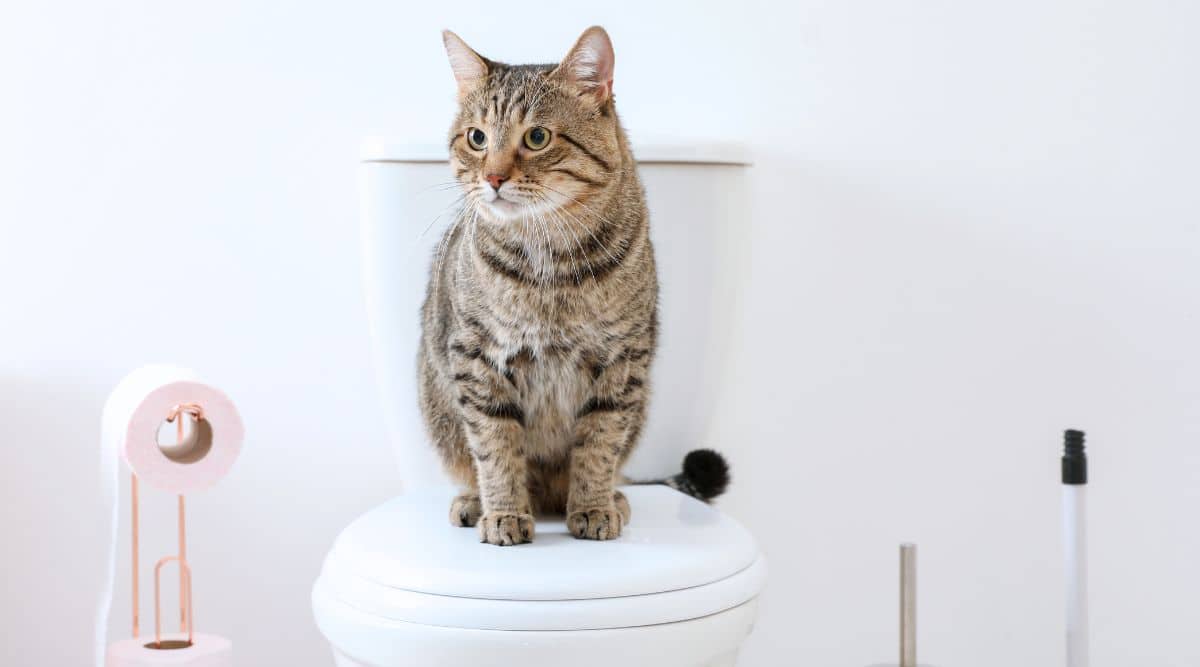Never Flush Cat Poop Down Your Toilet - Safeguard Your Plumbing System
Never Flush Cat Poop Down Your Toilet - Safeguard Your Plumbing System
Blog Article
They are making several good points on the subject of How to Dispose of Cat Poop and Litter Without Plastic Bags in general in this great article just below.

Intro
As feline proprietors, it's necessary to bear in mind just how we deal with our feline good friends' waste. While it may appear hassle-free to flush cat poop down the toilet, this technique can have detrimental consequences for both the atmosphere and human wellness.
Alternatives to Flushing
Luckily, there are more secure and a lot more liable ways to deal with pet cat poop. Consider the complying with choices:
1. Scoop and Dispose in Trash
One of the most usual method of taking care of cat poop is to scoop it right into a biodegradable bag and toss it in the trash. Make sure to utilize a committed trash scoop and dispose of the waste immediately.
2. Use Biodegradable Litter
Choose eco-friendly feline trash made from materials such as corn or wheat. These trashes are environmentally friendly and can be securely thrown away in the trash.
3. Hide in the Yard
If you have a lawn, take into consideration hiding pet cat waste in a designated area away from veggie gardens and water resources. Make certain to dig deep enough to avoid contamination of groundwater.
4. Mount a Pet Waste Disposal System
Buy a pet garbage disposal system especially created for feline waste. These systems use enzymes to break down the waste, reducing smell and ecological impact.
Wellness Risks
Along with environmental problems, flushing pet cat waste can likewise present health and wellness threats to people. Cat feces may consist of Toxoplasma gondii, a bloodsucker that can cause toxoplasmosis-- a potentially serious ailment, particularly for expectant ladies and people with weakened immune systems.
Ecological Impact
Purging feline poop presents unsafe virus and bloodsuckers right into the water, posturing a considerable risk to aquatic ecosystems. These contaminants can negatively impact marine life and compromise water top quality.
Conclusion
Accountable pet dog ownership prolongs past giving food and shelter-- it likewise includes appropriate waste management. By refraining from purging feline poop down the commode and choosing different disposal approaches, we can minimize our ecological impact and safeguard human health and wellness.
Why Can’t I Flush Cat Poop?
It Spreads a Parasite
Cats are frequently infected with a parasite called toxoplasma gondii. The parasite causes an infection called toxoplasmosis. It is usually harmless to cats. The parasite only uses cat poop as a host for its eggs. Otherwise, the cat’s immune system usually keeps the infection at low enough levels to maintain its own health. But it does not stop the develop of eggs. These eggs are tiny and surprisingly tough. They may survive for a year before they begin to grow. But that’s the problem.
Our wastewater system is not designed to deal with toxoplasmosis eggs. Instead, most eggs will flush from your toilet into sewers and wastewater management plants. After the sewage is treated for many other harmful things in it, it is typically released into local rivers, lakes, or oceans. Here, the toxoplasmosis eggs can find new hosts, including starfish, crabs, otters, and many other wildlife. For many, this is a significant risk to their health. Toxoplasmosis can also end up infecting water sources that are important for agriculture, which means our deer, pigs, and sheep can get infected too.
Is There Risk to Humans?
There can be a risk to human life from flushing cat poop down the toilet. If you do so, the parasites from your cat’s poop can end up in shellfish, game animals, or livestock. If this meat is then served raw or undercooked, the people who eat it can get sick.
In fact, according to the CDC, 40 million people in the United States are infected with toxoplasma gondii. They get it from exposure to infected seafood, or from some kind of cat poop contamination, like drinking from a stream that is contaminated or touching anything that has come into contact with cat poop. That includes just cleaning a cat litter box.
Most people who get infected with these parasites will not develop any symptoms. However, for pregnant women or for those with compromised immune systems, the parasite can cause severe health problems.
How to Handle Cat Poop
The best way to handle cat poop is actually to clean the box more often. The eggs that the parasite sheds will not become active until one to five days after the cat poops. That means that if you clean daily, you’re much less likely to come into direct contact with infectious eggs.
That said, always dispose of cat poop in the garbage and not down the toilet. Wash your hands before and after you clean the litter box, and bring the bag of poop right outside to your garbage bins.
https://trenchlesssolutionsusa.com/why-cant-i-flush-cat-poop/

Do you like more info about How to Dispose of Cat Poop and Litter Without Plastic Bags? Place feedback directly below. We would be interested to listen to your reactions about this blog posting. In hopes to see you back again before long. Sharing is nice. Helping others is fun. We love reading our article about Can You Flush Cat Poop Down The Toilet?.
Contact Us Today Report this page